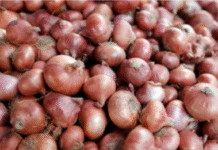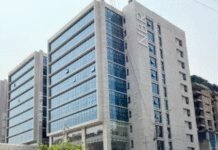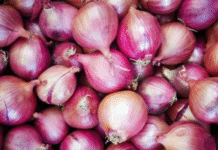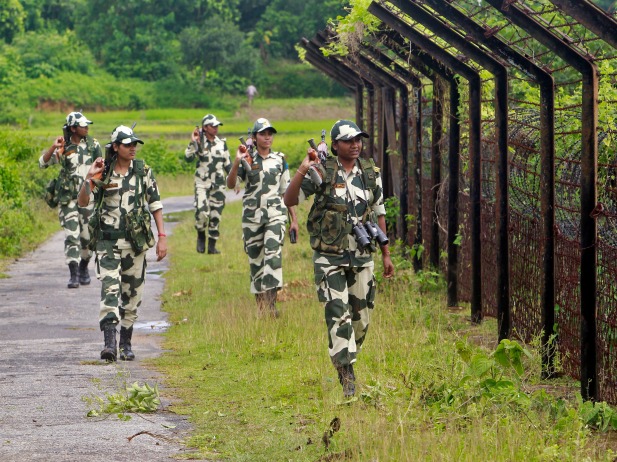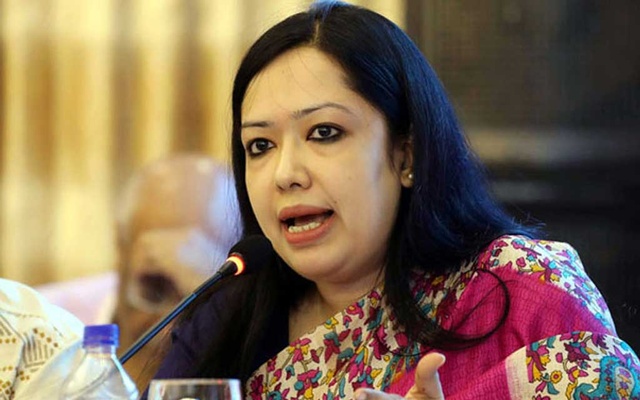TBS

Highlights:
- World Bank proposes $2.77B loans for Bangladesh projects
- Approval urged before 2026 election-related policy moratorium
- Ten projects include water, health, transport, and digital programs
- Bangladesh’s IDA21 allocation cut 15% from IDA20
- IDA21 loans carry floating rates, capped at 5%
- Bangladesh shifts to IDA Blend, gains IBRD financing access
The World Bank has proposed loans totalling $2.77 billion for ten projects over the next two fiscal years, urging Bangladesh to approve as many initiatives as possible by December this year.
The push comes amid the announced roadmap for national elections in the first half of February 2026.
“Since a 90-day moratorium on government policy decisions is expected prior to the proposed February 2026 election, we have limited time to prepare FY26 projects, which may lead to significant bunching,” Jean Pesme, World Bank Division Director for Bangladesh and Bhutan, wrote in a 26 August letter to Finance Adviser Salehuddin Ahmed.
The letter, sent as part of the implementation of the International Development Association’s 21st Replenishment (IDA21), emphasised this urgency, according to sources at the finance ministry.
The World Bank has also provided a tentative list of projects for financing in FY2025-26 and FY2026-27.
According to officials in the Economic Relations Division (ERD), the bank has proposed finalising $2.771 billion in loans for 10 projects within the next two fiscal years by December.
The World Bank also offered a preliminary assurance of SDR 2.184 billion for Bangladesh under the three-year IDA cycle. However, the final allocation will be confirmed at the World Bank’s annual meeting in Washington next month for IDA21 (covering 1 July 2025 to 30 June 2028), and Bangladesh’s allocation could increase.
The projects include the Financial Sector Support Project-2 ($400 million), the Metro Dhaka Water Security and Resilience Program ($350 million), and Dhaka Metro Line 2 Institutional Strengthening ($70 million).
In the two-year pipeline, financing also includes a $500 million budget support loan under the Jobs and Growth DPC, as well as a $500 million guarantee for fuel imports.
Other notable projects in the draft pipeline include Digital Service Transformation for Access and Resilience ($300 million), Strengthening Health Emergency Preparedness, Response and Resilience with a One Health Approach ($225 million), and Recovery and Advancement of Informal Sector Employment ($201 million).

IDA21 allocation is lower
Bangladesh’s IDA21 allocation is lower than IDA20. While the IDA20 allocation was SDR 2.4527 billion, the preliminary IDA21 allocation stands at SDR 2.184 billion, a reduction of SDR 268.7 million. ERD officials attributed a 15% decrease to Bangladesh opting for fixed-rate loans rather than floating-rate loans.
Under the IDA20 cycle (FY23–FY25), the World Bank committed a total of $6.63 billion, including regional, refugee, and scale-up windows, combined concessional lending, guarantees, grants, and repurposed funds. Core IDA allocations, excluding these instruments, amounted to $4.87 billion.
For the first time, part of Bangladesh’s core IDA loan under IDA21 will carry a market-based floating interest rate, capped at 5%. Terms for IDA21 loans include a 25-year maturity period with a five-year grace period, with the option to take fixed-rate loans, though this would reduce allocations by 15%.
Zahid Hussain, former lead economist at the World Bank Dhaka office, noted that Bangladesh has graduated from IDA Gap to IDA Blend status, which will reduce concessional financing. According to SDR rates, Bangladesh’s IDA21 allocation over the next three years will be approximately $3.2 billion, down from $4.5 billion previously.
“Nonetheless, the country gains new financing opportunities through the IBRD window. While borrowing costs will be slightly higher than under IDA-only arrangements, rates remain far lower than other bilateral or commercial loans, offering comparatively favourable financing despite lower concessional allocations,” he said.
ERD officials added that, unlike in IDA20, all Gap and Blend countries now have access to financing under the Private Sector Window (PSW) in IDA21.
Under the Window for Host Community and Refugees (WHR), 50% of financing will be loans and 50% grants. The strategic theme of the IDA21 package is “Ending poverty on a livable planet: delivering impact with urgency and ambition.”

